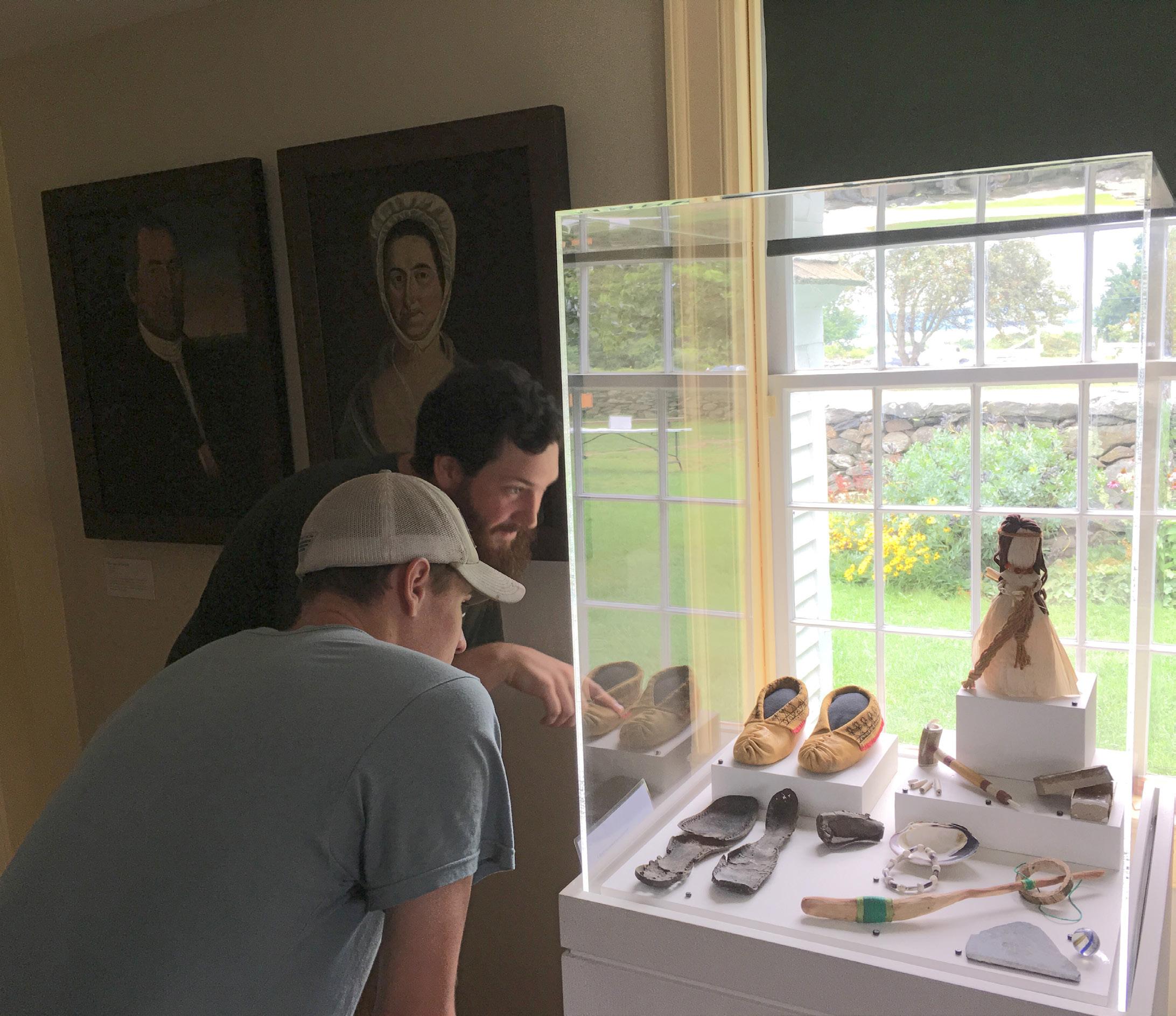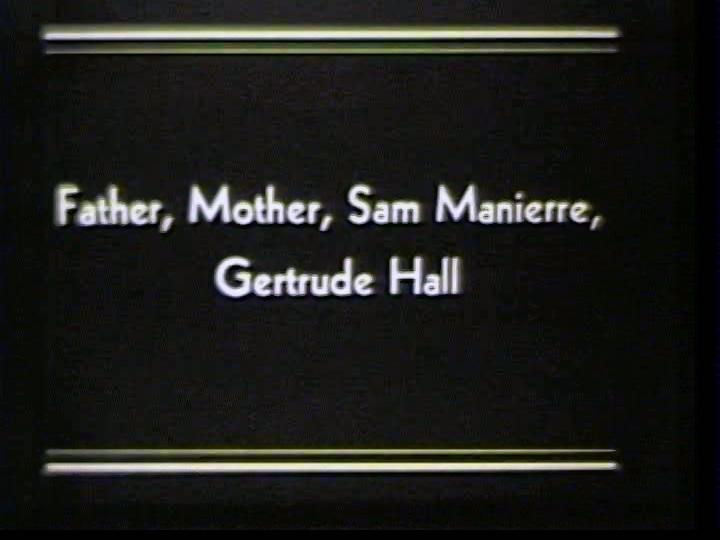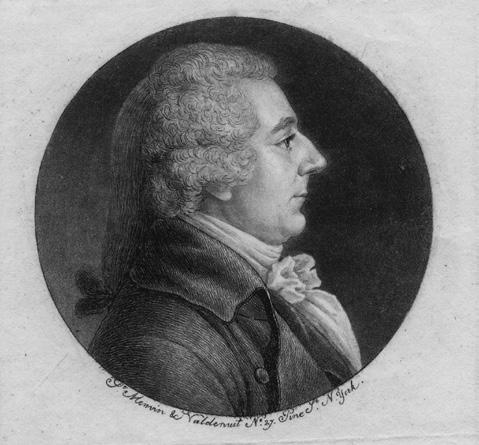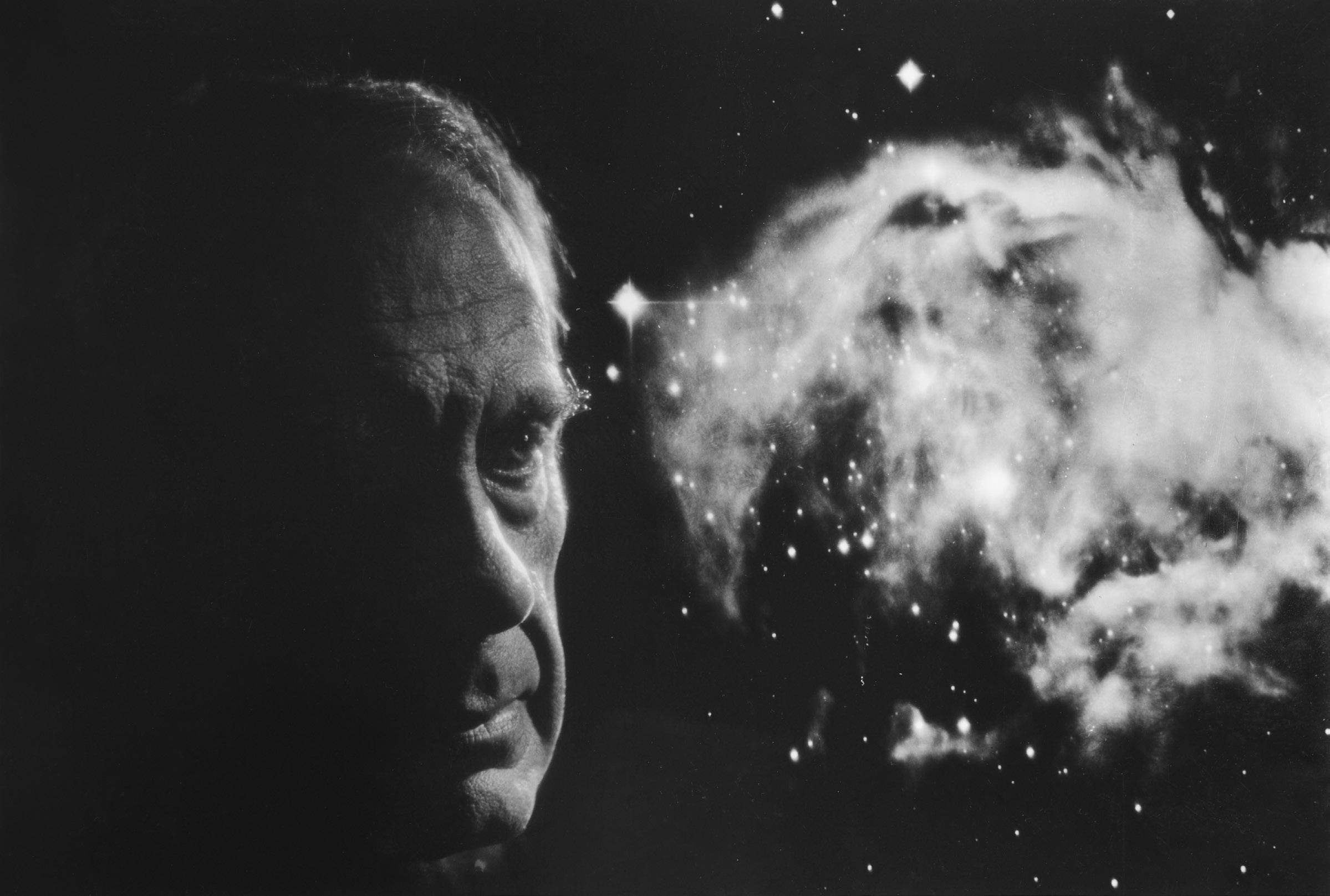Merchant
AESTHETE
U.S. diplomat made it his mission to procure fine art for America by HEIDI PRIBELL An interior designer, Heidi Pribell rescued a marble mantelpiece designed by Thomas Appleton from obscurity. It will be installed at the Museum of Fine Arts, Boston.
T
homas Jefferson commissioned him to obtain Italian marble for use in the construction of buildings at the University of Virginia. Architect Benjamin Latrobe had him purchase the same type of stone for use in the construction of the U.S. Capitol in Washington, D.C. He designed elaborate mantelpieces and hired noted Italian carvers to execute them. Such was the business of Thomas Appleton, trading in works of decorative and fine art, which he conducted while serving as a U.S. diplomat in Italy. Until his death in 1840 at age seventy-seven, Appleton was a principal supplier of Italian marble statuary to the United States. Today, however, his efforts are scarcely known. With his passion for classical antiquity, Appleton was intent on creating a cultural legacy for the United States, one that honored the past while looking forward as the new nation came into its own in the late eighteenth and early nineteenth centuries. Appleton’s heritage, upbringing, and experience shaped his vision for a national culture. Thomas Appleton was born in Boston in 1763 (he and Historic New England founder William Sumner Appleton were descendants of English immigrant Samuel Appleton of Ipswich, Massachusetts), the year that the French and Indian War ended. He was part of a generation of Americans nurtured during the Early Republic era, a period of rapid transition from colony to independent nation that saw the institution of the democratic ideals codified in the Constitution. Thomas’s childhood played out alongside the fervor for independence that was growing in the colonies. His father, Nathaniel Jr., was a
Heidi Pribell with the c. 1805 mantelpiece designed by Thomas Appleton (shown in inset). Carved from Carrara marble quarried in Italy, the mantelpiece is flanked by two caryatids (support columns sculpted in female form) that bear a lintel with a projecting central tablet featuring classical goddesses. (Appleton etching from the Collection of the Massachusetts Historical Society.)
leading patriot who in 1768 joined the Sons of Liberty, the clandestine organization formed to oppose British rule. When war broke out on April 19, 1775, Thomas had just turned twelve. Once the Continental Army expelled the British from Boston, the Appleton family resumed living in the city. On July 18 of the following year, thirteen-year-old Thomas no doubt would have been present for the public reading of the Declaration of Independence from the balcony of the Old State House. In 1781, Appleton graduated from Harvard College; among his classmates was Charles Bulfinch, America’s first native-born architect. In 1786, at age twentythree, Appleton set sail for Europe, carrying a letter of introduction from Massachusetts Governor James Bowdoin to Jefferson, then the U.S. ambassador to France. He set foot in Paris and was soon a member of Jefferson’s inner circle, along with financier James Swan of Boston and John Paradise, an Anglo-Greek who was Jefferson’s language tutor and the first naturalized U.S. citizen. A lifelong friendship ensued, which Appleton and Jefferson maintained through transactions and correspondence. Appleton had Jefferson’s support when, in 1797, General George Washington confirmed him as the first HistoricNewEngland.org
19








